JAK/STAT Signaling
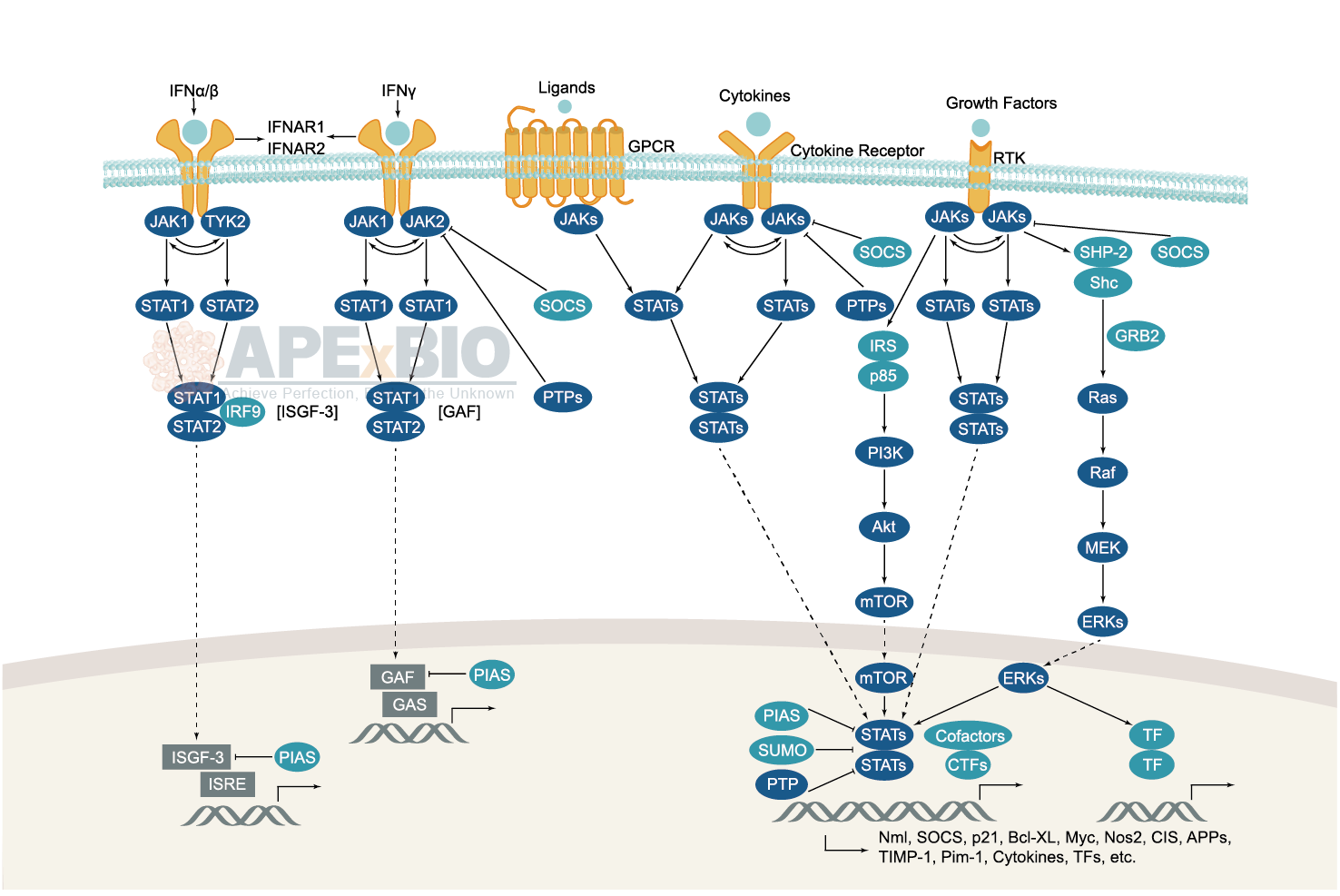

Various ligands including cytokines (e.g. interferons and interleukins), hormones (e.g. erythropoietin and growth hormone) and their cell surface receptors activate JAK proteins, which autophosphorylate, and then phosphorylate the receptor. Subsequently, JAKs phosphorylate a specific tyrosine residue on the STAT protein, promoting dimerization via SH2 domains. The activated STATs form homo-/heterodimers and translocate to the nucleus to trigger target gene transcription. In addition, suppressors of cytokine signaling (SOCS) family inhibit receptor signaling via homologous or heterologous feedback regulation. Dysregulation in JAK/STAT signaling is associated with diseases such as atherosclerosis, immunodeficiencies and cancer.
-
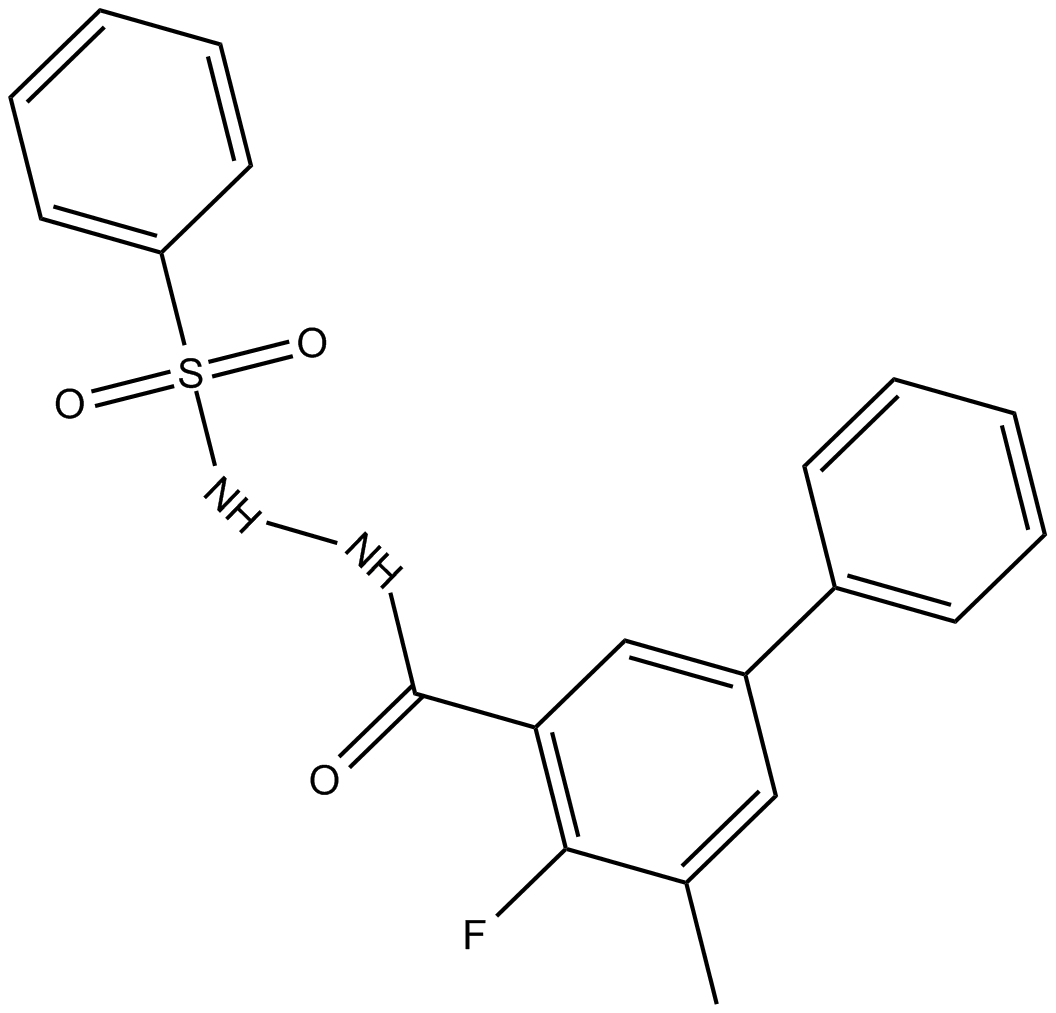 A8779 WM-8014Summary: Inhibitor for KAT6A (MOZ) and KAT6B (MORF/QKF), anticancer
A8779 WM-8014Summary: Inhibitor for KAT6A (MOZ) and KAT6B (MORF/QKF), anticancer -
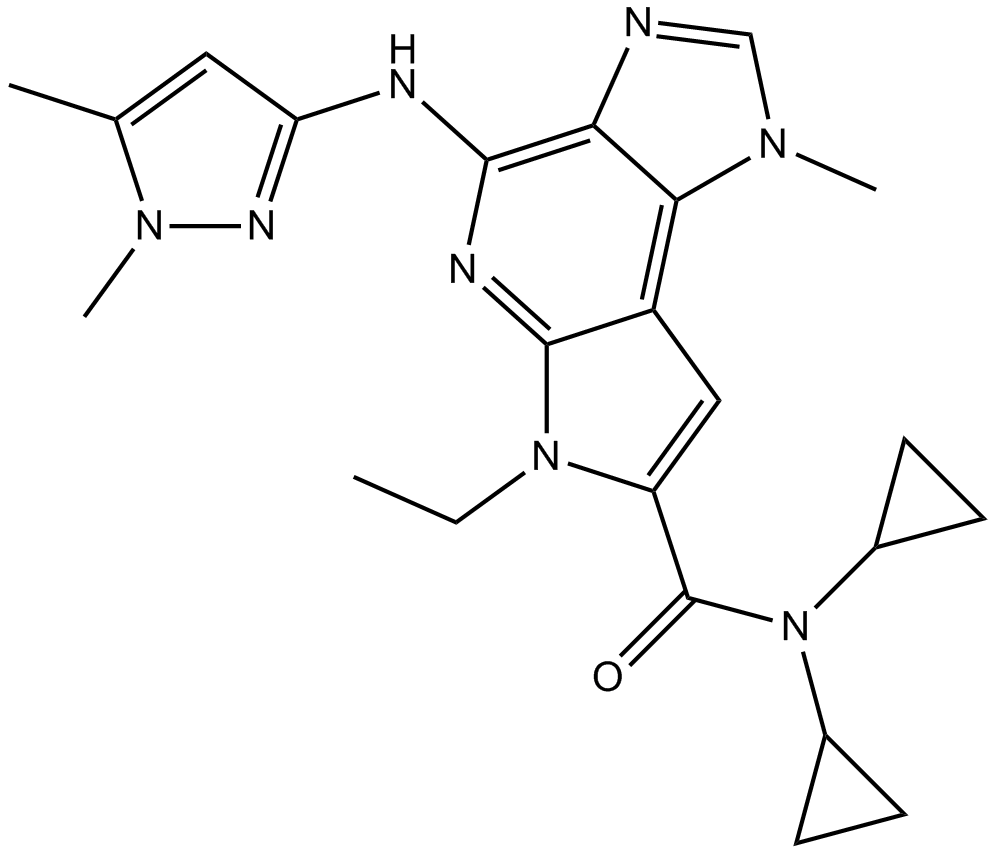 A4152 BMS-911543Target: JAKSummary: JAK2 inhibitor,selective small molecule
A4152 BMS-911543Target: JAKSummary: JAK2 inhibitor,selective small molecule -
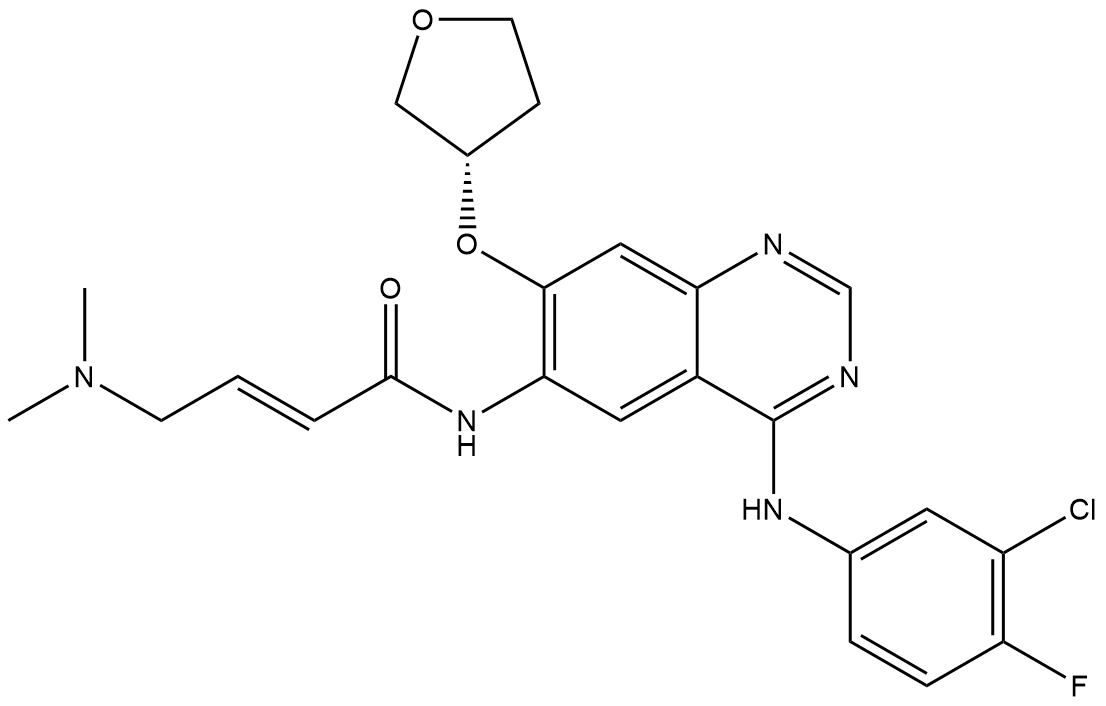 A4746 Afatinib2 CitationSummary: A covalent inhibitor targeting members of the ErbB family
A4746 Afatinib2 CitationSummary: A covalent inhibitor targeting members of the ErbB family -
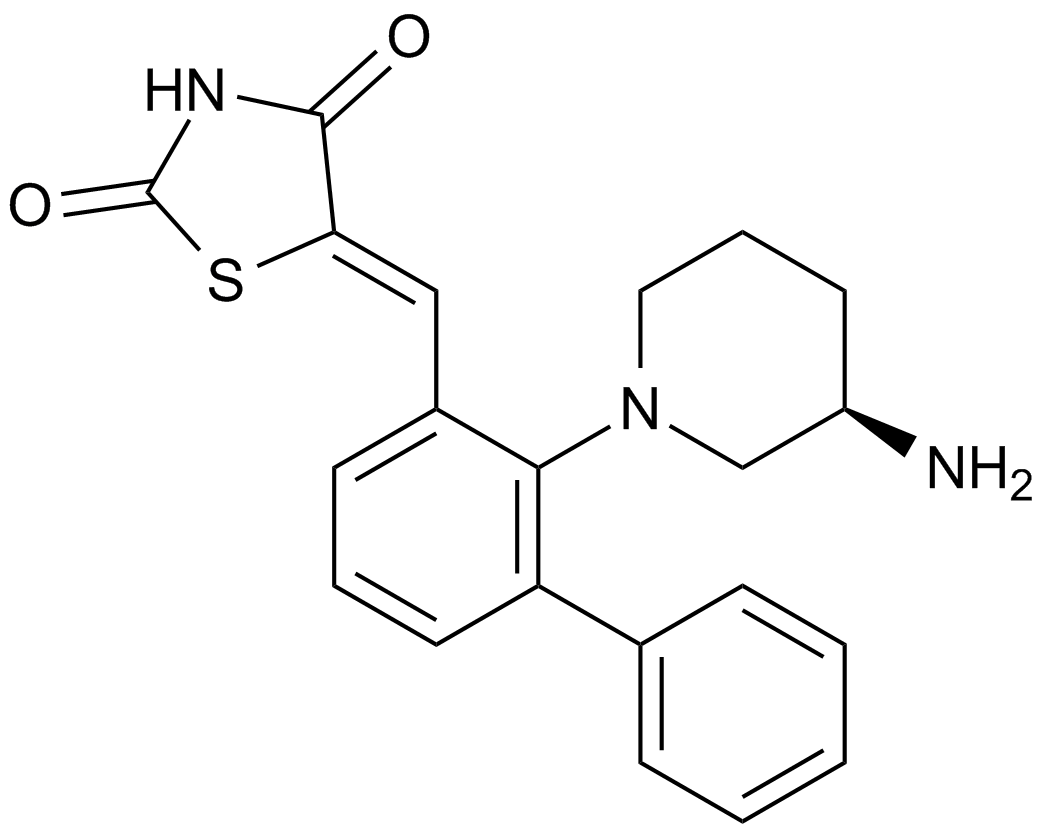 A3962 AZD1208Target: PimSummary: PIM kinase inhibitor
A3962 AZD1208Target: PimSummary: PIM kinase inhibitor -
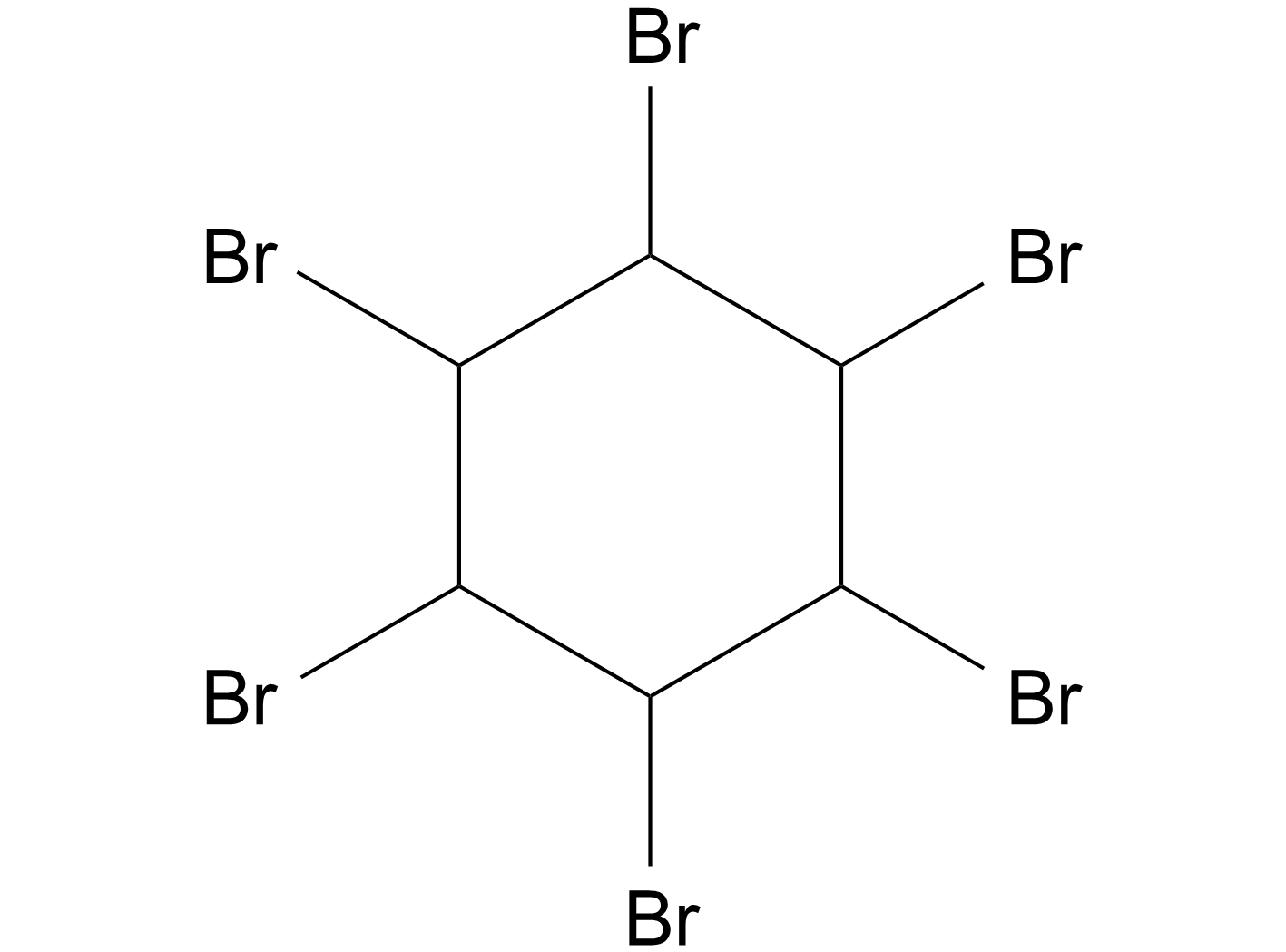 A4510 1,2,3,4,5,6-HexabromocyclohexaneSummary: JAK2 tyrosine kinase inhibitor
A4510 1,2,3,4,5,6-HexabromocyclohexaneSummary: JAK2 tyrosine kinase inhibitor -
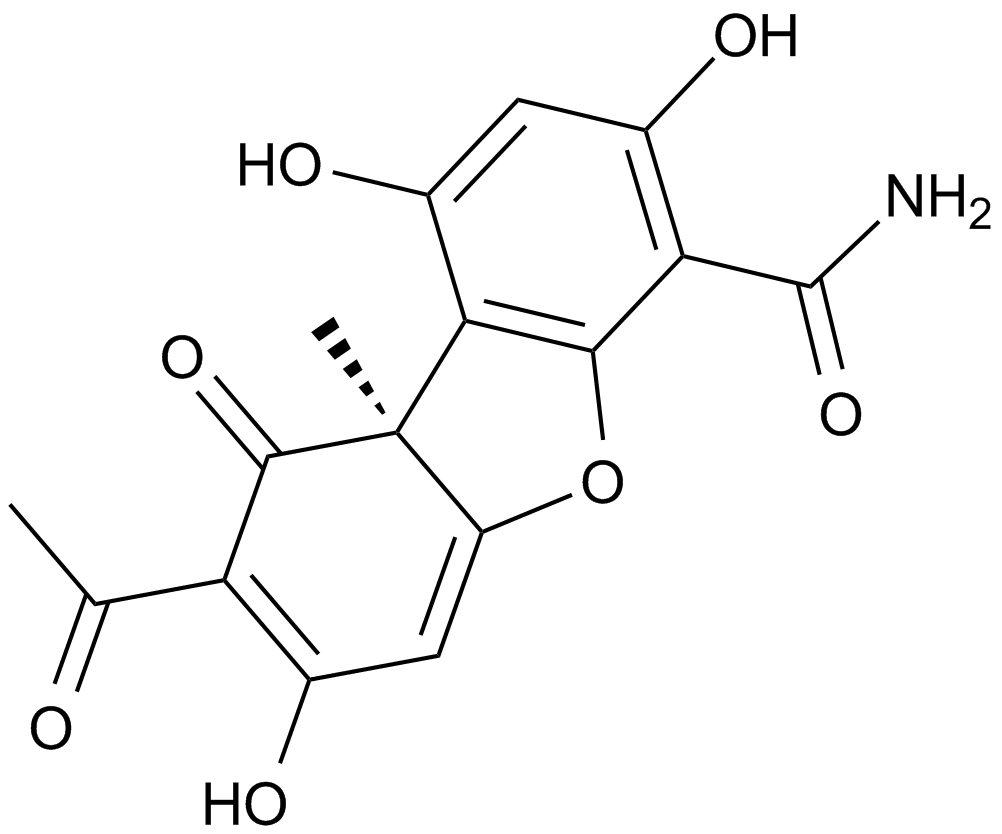 A4511 CercosporamideTarget: JAK|MNKSummary: Mnk2 and JAK3 inhibitor
A4511 CercosporamideTarget: JAK|MNKSummary: Mnk2 and JAK3 inhibitor -
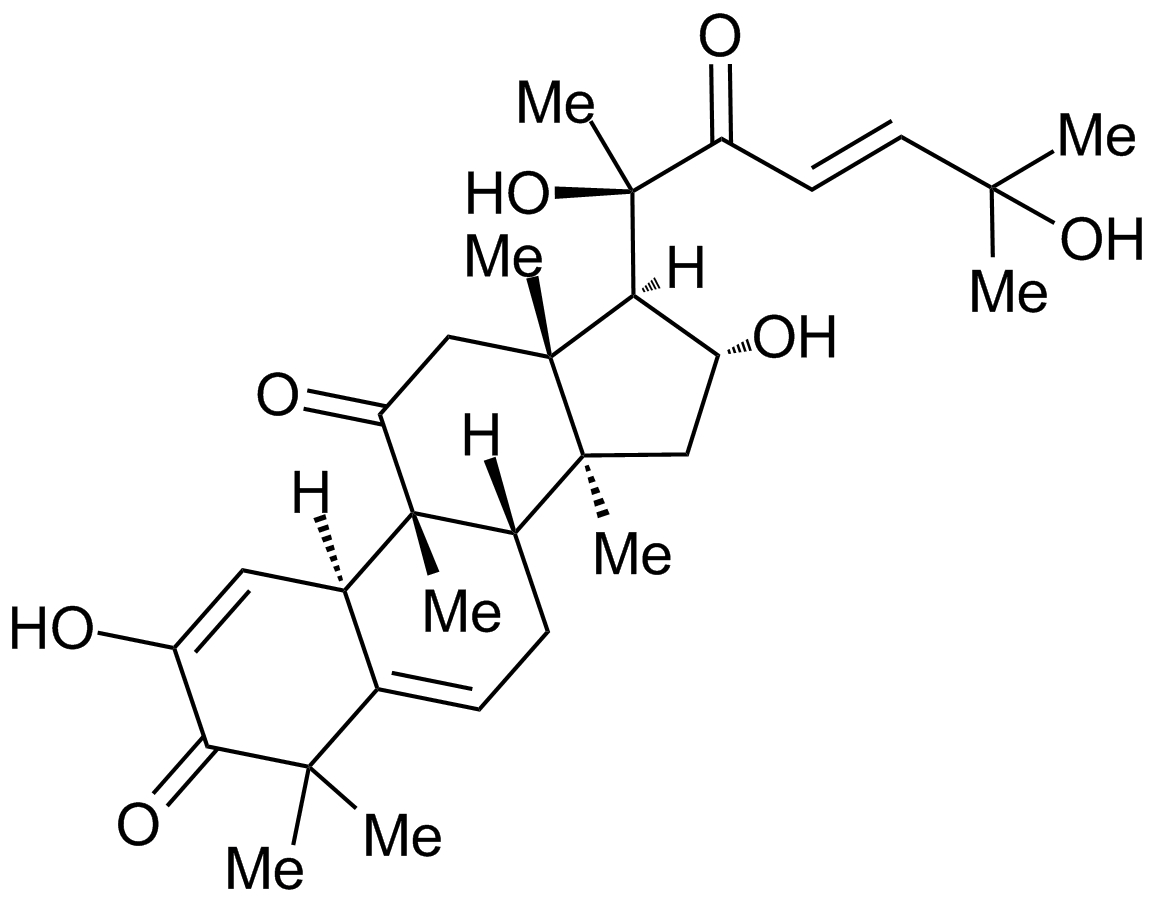 A4512 Cucurbitacin ITarget: STAT|JAKSummary: STAT3/JAK2 signaling inhibitor
A4512 Cucurbitacin ITarget: STAT|JAKSummary: STAT3/JAK2 signaling inhibitor -
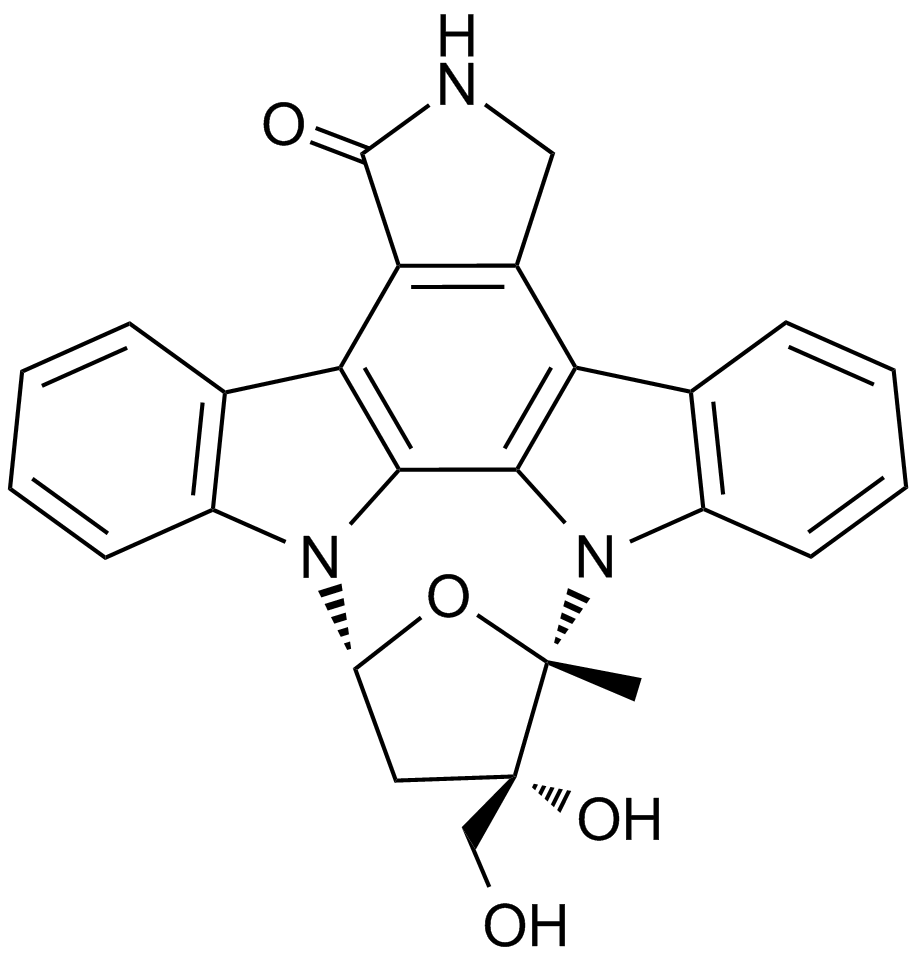 A4513 Lestaurtinib1 CitationSummary: JAK2/FLT3/TrkA inhibitor
A4513 Lestaurtinib1 CitationSummary: JAK2/FLT3/TrkA inhibitor -
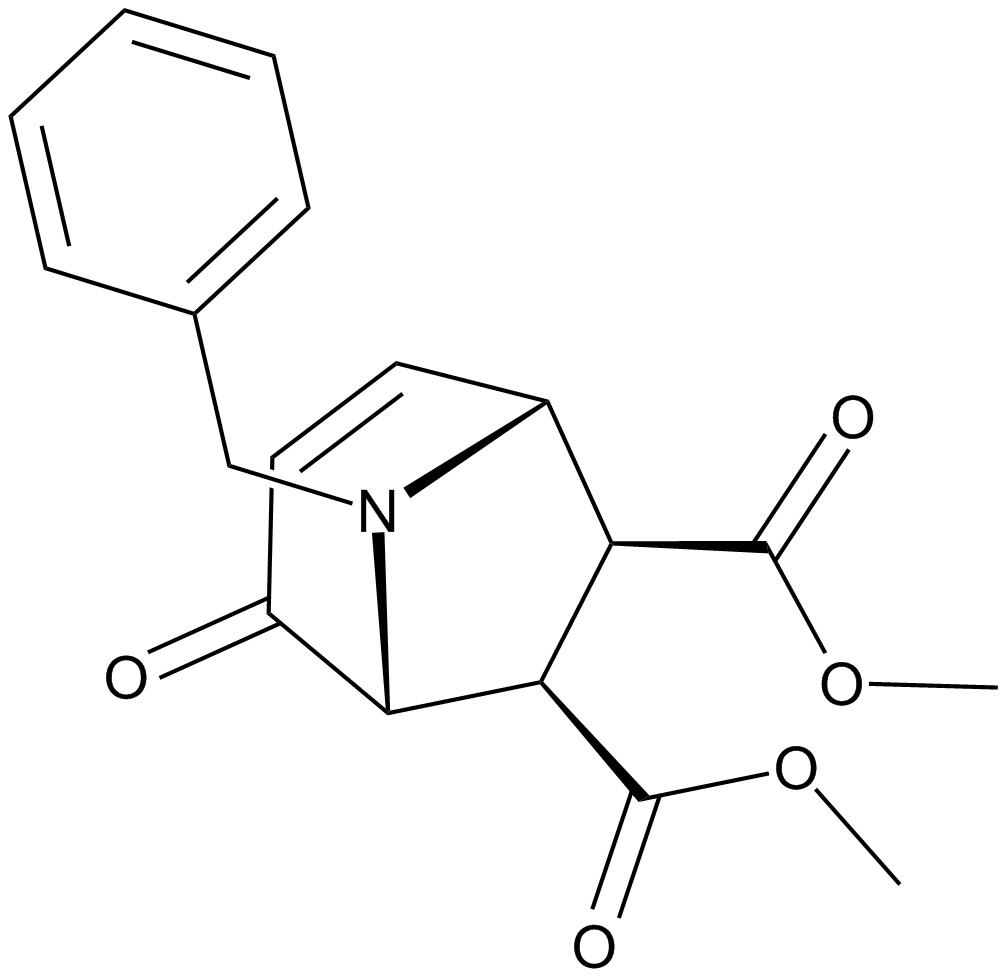 A4515 SD 1008Summary: Inhibitor of JAK2/STAT3 signaling pathway,apoptosis inducer
A4515 SD 1008Summary: Inhibitor of JAK2/STAT3 signaling pathway,apoptosis inducer -
 A4516 TCS 21311Summary: JAK3 inhibitor
A4516 TCS 21311Summary: JAK3 inhibitor


